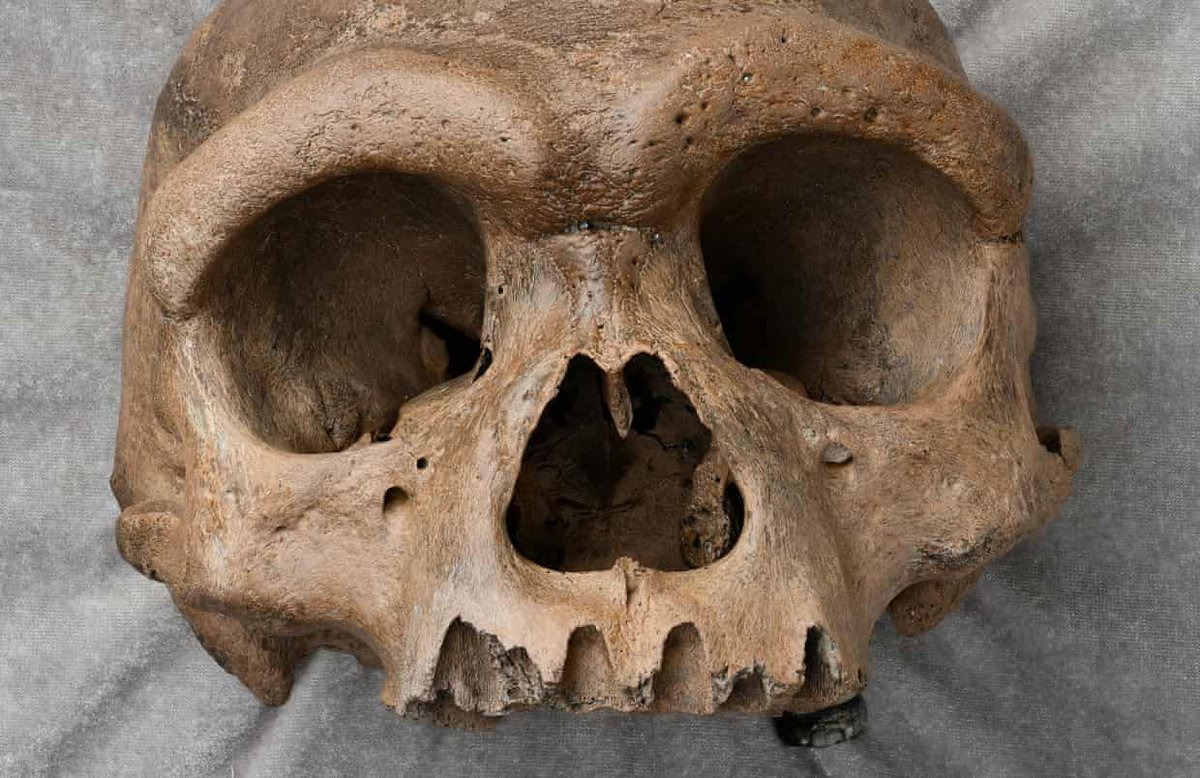I don't like the frame "Neanderthal mothers took care of their children as intensively as modern humans" based on weaning time. Why? Because great ape mothers breastfeed MUCH LONGER. sciencemag.org/news/2018/10/n…
In other words, weaning time by itself does not provide a scale that is very relevant. The new results are cool in part because they show variation among Neanderthal children, and the survival of children in the face of such variation speaks to resilience, and possible allocare.
Orangutans wean at up to 8 years of age. In some ways, weaning time does inform us about mother-infant bonds and the place of infants in social organization. Weaning also reflects the ease or difficulty of foraging and transition to adult diets.
Lots of factors, in other words, too many to be unraveled by looking at one measure.
Yet it is very informative to know that the *short* human weaning time of around 2.5 years was not a purely modern human innovation. Social food sharing underlies the stability of hunter-gatherer social organization, and it also facilitates supplementing infant nutrition.
If the human hunter-gatherer adaptation did emerge in more ancient common ancestors of modern humans and Neanderthals, as many anthropologists have thought, it predicts a short weaning time in Neanderthal infants. Which the new data seem to confirm.
It will be very interesting to see if other hominins follow a similar pattern, especially species like #Homonaledi that lack the large brains of modern humans and Neanderthals.
• • •
Missing some Tweet in this thread? You can try to
force a refresh














